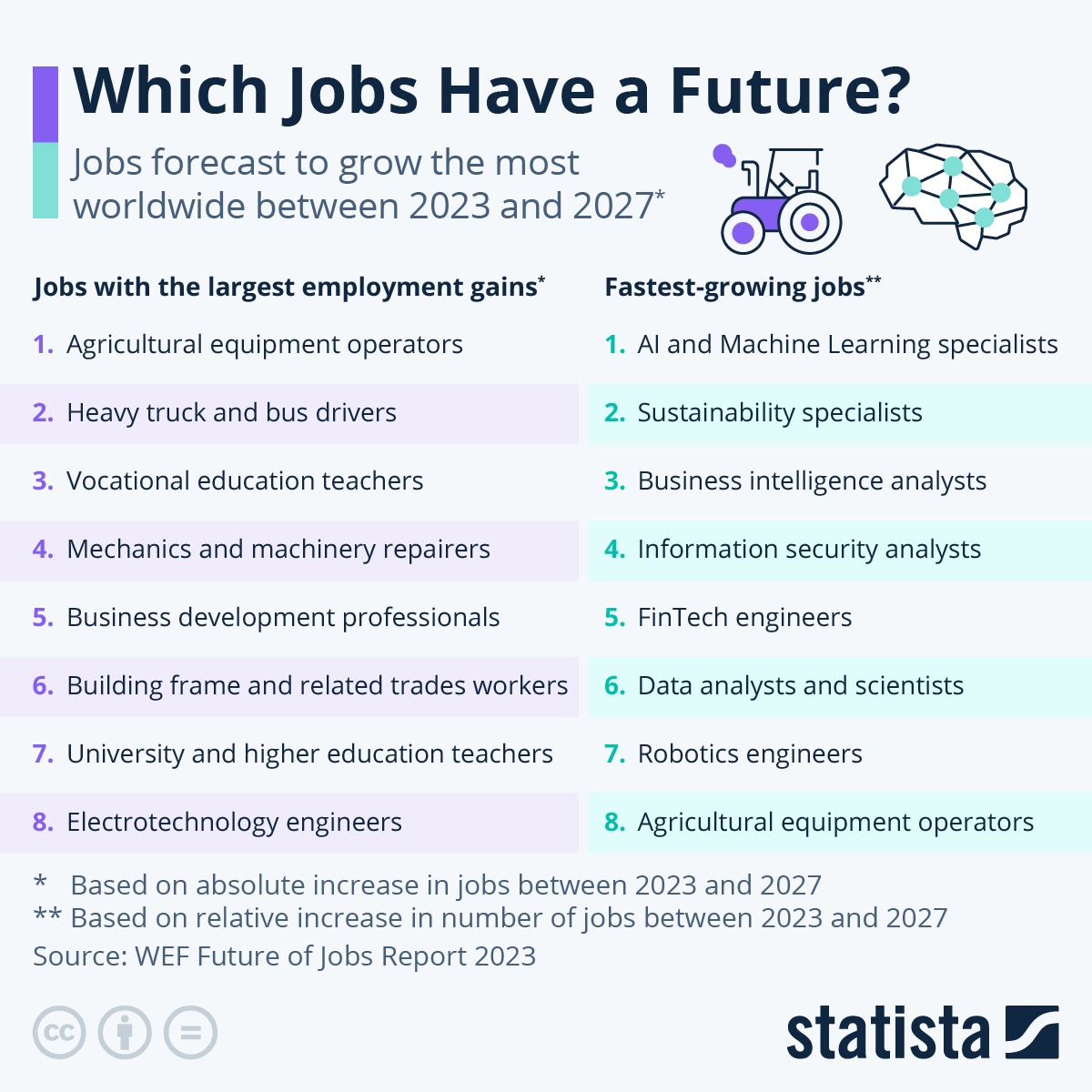
Turbulent times are ahead for the future of work. The economy, technological change, climate change, and conflict are all playing a role in shaping the world we live in and how we work in it.
Overcoming adversity
The future of work will require us to remain resilient. Coming through the pandemic has reinforced the need to overcome hardship.
This resilience must continue into 2024, as according to the World Economic Forum’s (WEF) Global Risk Report 2024, issues are everywhere in the current climate.
According to WEF, the top five risks likely to impact the world are:
- Extreme weather (66 per cent)
- AI-generated misinformation and disinformation (53 per cent)
- Societal and/or political polarisation (46 per cent)
- Cost-of-living crisis (42 per cent)
- Cyber attacks (39 per cent)
Each of these problems has the potential to impact global workforces. Organisations will need to work to address these issues and mitigate risk.
“The world is undergoing multiple long-term structural transformations: the rise of AI, climate change, a shift in the geopolitical distribution of power, and demographic transitions. These structural forces are global, pervasive and charged with momentum. Against this backdrop, known and newly emerging risks need preparation and mitigation,” commented WEF.
Similarly, businesses are expected to experience risks of their own in the coming years. According to WEF, the top global risks for corporations are:
- Labour shortages (53 per cent)
- Unemployment (52 per cent)
- Disruptions to a systemically important supply chain (50 per cent)
- Economic downturn (38 per cent)
- Lack of economic opportunity (37 per cent)
- Asset bubble bursts (34 per cent)
- Cyber insecurity (33 per cent)
- Concentration of strategic resources (30 per cent)
- Pollution (30 per cent)
- Technological power concentration (29 per cent)
WEF continued: “Localised strategies, breakthrough endeavours, collective actions and cross-border coordination all play a part in addressing these risks. Localised strategies, leveraging investment and regulation are critical for reducing the impact of global risks, and both the public and private sector can play a key role in extending benefits to all.”
“Through prioritising the future and focusing on breakthrough research and development, the efforts of single entities can make the world a safer place. The actions of individual citizens, companies and countries – while perhaps insignificant on their own – can move the needle on global risk reduction if they reach a critical mass. Finally, cross-border coordination remains the only viable pathway for the most critical risks to human security and prosperity.”
Job prosperity
In the future workforce, some roles will thrive better than others. While some professions will be lost in the technological expanse, others will emerge. Anna Fleck’s research discussed exactly which jobs will survive in the future of work:

Jack Campbell
Jack is the editor at HR Leader.










